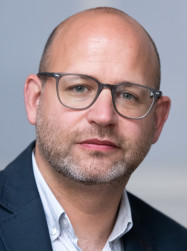BibTex format
@article{Pham:2020:10.1038/s41467-020-14453-3,
author = {Pham, M-S and Dovgyy, B and Hooper, P and Christopher, G and Alessandro, P},
doi = {10.1038/s41467-020-14453-3},
journal = {Nature Communications},
title = {The role of side-branching in microstructure development in laser powder-bed fusion},
url = {http://dx.doi.org/10.1038/s41467-020-14453-3},
volume = {11},
year = {2020}
}

